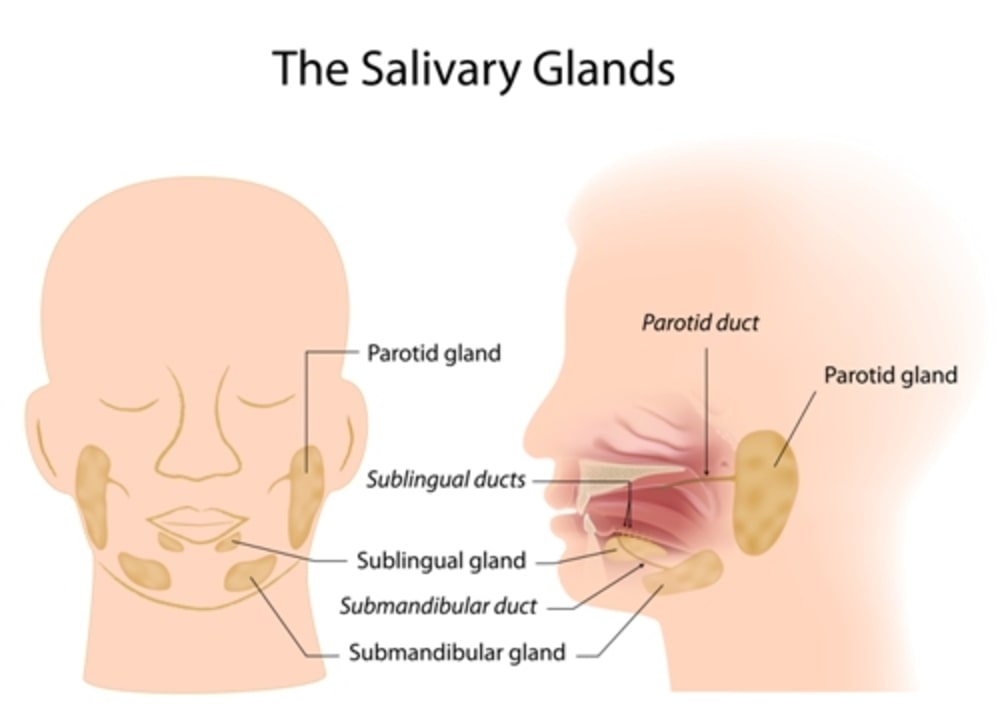
Composition and Function of Saliva
Salivary glands
Salivary glands release their secretions into ducts that lead to the mouth there are 3 parts of salivary glands they are:
- Parotid gland: These are situated in front and a part of it below each ear. It secretes Ptyalin the ducts open into the cheek of the mouth on either side.
- Submaxillary or Submandibular glands: They are situated at the bottom of the mouth on either side. Their ducts open on the tongue.
- Sublingual glands: These are situated below the tongue and have numerous small ducts open into the floor of the mouth.
Composition of saliva
Saliva is the mixed secretion of all the glands in the oral cavity and the pH is 6-7 ie, it is slightly acidic or neutral about 1.5 liters of saliva is produced daily and consists of
- Water
- Inorganic salts like sodium chloride and potassium chloride
- Enzymes like salivary amylase, Phosphatase, Lipase, and Mucin.
- Lysosomes
- Immunoglobulins and blood clotting factors.
Functions of Saliva
- Saliva keeps the mouth moist and facilitates speech
- It helps in the mastication of food and forms the bolus
- It dilutes hot and pungent substances and prevents injury to the mouth.
- It also removes food particles and thus prevents the growth of the microbes it also serves as an antiseptic to the mouth.
- It helps in the excretion of heavy metals like urea and certain other drugs.
- It acts as a buffer by maintaining the level of bicarbonate and phosphate in the blood.
- The enzymes present in the saliva helps in the digestion process, they break down the polysaccharides into disaccharides.
| QUESTION BANK 1. Mention the salivary gland. Write the composition and function of saliva. 2. Write a note on Salivary glands. 3. Explain salivary glands, describe the composition and function of saliva. |